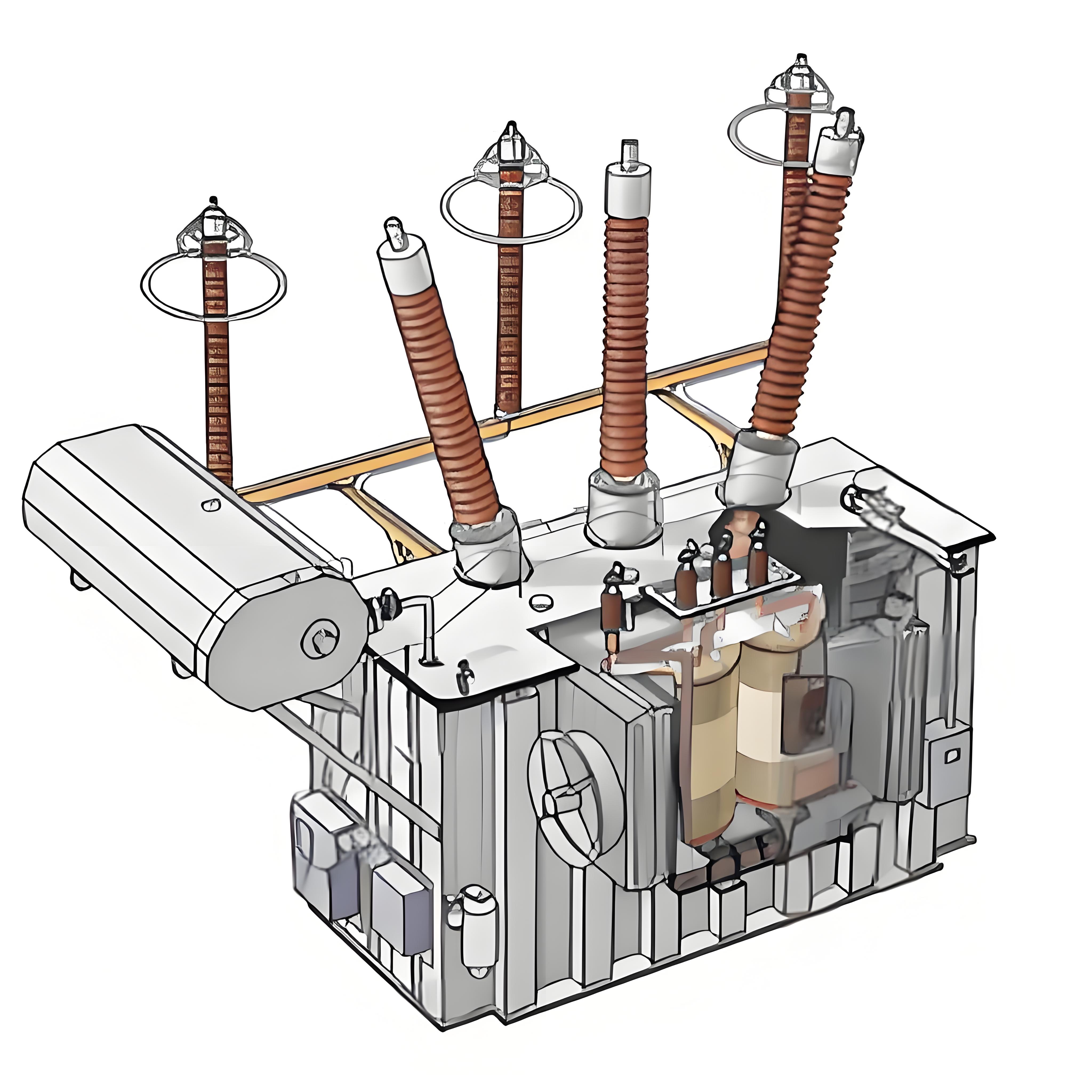What is Commissioning of Power Transformer ?
What is Commissioning of Power Transformer ?
Transformer Commissioning Definition
Transformer commissioning is defined as the process of preparing a power transformer for service by conducting various tests and adjusting settings.

Buchholz Relay Test
Buchholz relay operation for alarm and trip should also be checked by injecting air to the test pocket provided in the relay.
Low Oil Level Alarm Test
The low oil level alarm of the magnetic oil gauge should be checked.
Temperature Indicator Test
The contacts of the Oil Temperature Indicator and Winding Temperature Indicator for alarm trip and control should be checked and set at required temperature.
Cooling Gear Test
The IR values and setting for operation of oil pumps and fans motor should be checked.
Alarm trip contact settings of differential pressure gauge, oil and water flow indicators, where provided should be checked.
Marshalling Box
The wiring from various accessories to the Marshalling kiosk should be checked
Protective Relay Test
Trapping of associated circuit breakers is to be provided by actual operation of differential relay, over current relay, earth fault relay and other protective relays as applicable.
Magnetizing Current Test
In the Magnetizing Current Test, measure the magnetizing current by supplying 400 V, three-phase 50 Hz from the HV side while keeping the LV side open-circuited, and then compare the values across different phases.
Additional checks during commissioning of power transformer
All oil valves are in correct position closed or opened as required.
All air pockets are cleared.
Thermometer pockets are filled with oil.
Oil is at correct level in the bushing, conservator tank, diverter switch tank etc.
Arcing horn of the bushing is set correctly
CT polarity is correct when bushing mounted CTs are provided.
The Electricity Encyclopedia is dedicated to accelerating the dissemination and application of electricity knowledge and adding impetus to the development and innovation of the electricity industry.













